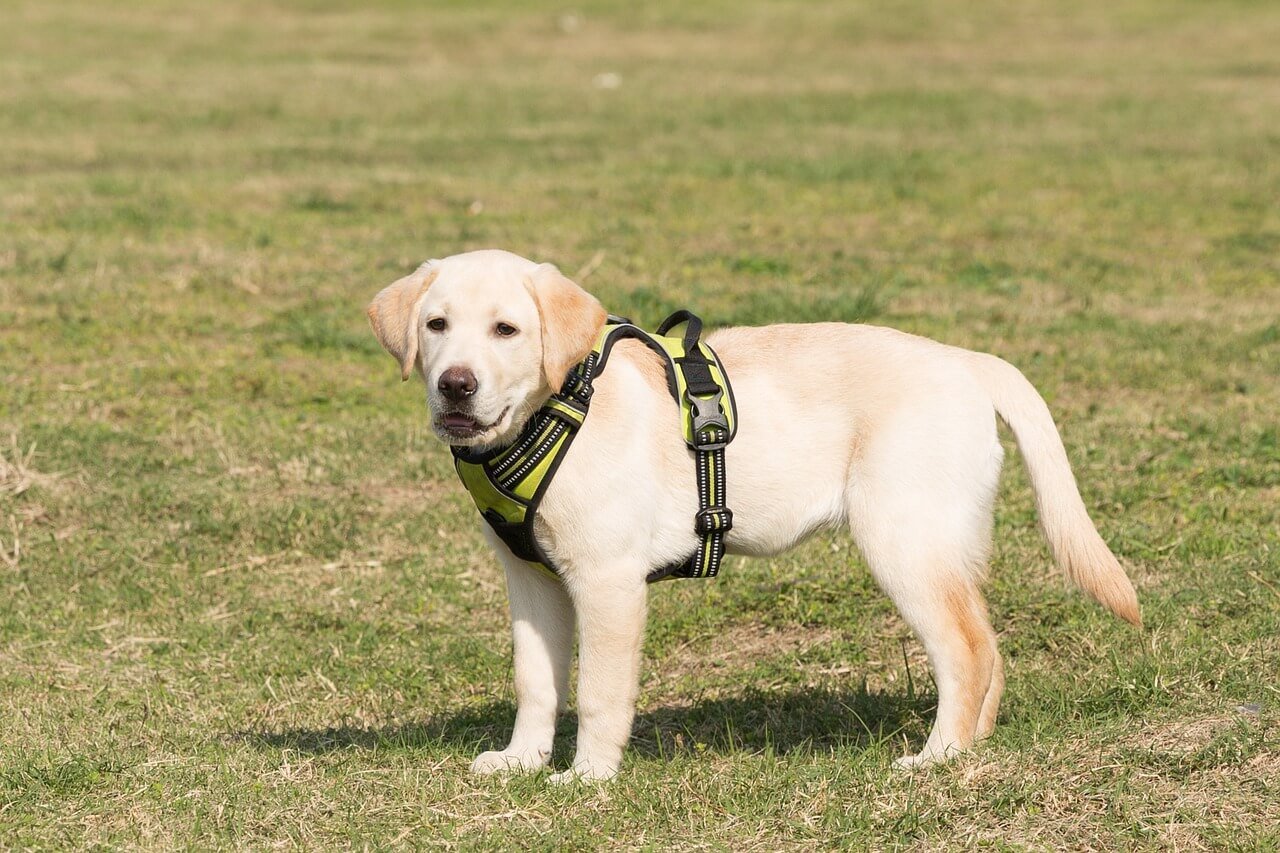Splenectomy in Dogs: Understanding the Procedure and Its Importance
A splenectomy, or the surgical removal of a dog’s spleen, is a procedure that can be both lifesaving and daunting for pet owners to consider. The spleen plays an essential role in your dog’s body, supporting immune function, blood filtration, and storage. However, certain conditions, such as tumors, trauma, or diseases like hemangiosarcoma, may necessitate its removal. While the thought of surgery can be overwhelming, understanding the reasons behind a splenectomy, the recovery process, and long-term care can help you make informed decisions for your furry companion. In this guide, we’ll explore everything you need to know about splenectomy in dogs, from pre-surgery preparation to post-operative care.
Common Reasons Why a Dog May Need a Splenectomy
There are several medical conditions that might lead a veterinarian to recommend a splenectomy for your dog. These conditions often involve the spleen itself or surrounding organs. Here are some of the most common reasons:
Splenic Masses or Tumors : Benign or malignant growths on the spleen can rupture, causing internal bleeding and requiring immediate removal.
Hemangiosarcoma : A type of cancer that commonly affects the spleen and can spread quickly if not addressed promptly.
Trauma or Injury : Severe abdominal injuries, such as those from car accidents, can damage the spleen beyond repair.
Splenic Torsion : A condition where the spleen twists, cutting off blood flow and leading to tissue death.
Chronic Enlargement (Splenomegaly) : An enlarged spleen may interfere with other organs, necessitating surgical intervention.
Understanding why a splenectomy might be necessary can help you recognize symptoms early and seek timely veterinary care for your dog.
What to Expect During a Splenectomy Procedure
If your veterinarian recommends a splenectomy, it’s natural to wonder what happens during the surgery. Knowing the steps involved can ease your concerns and prepare you for the process.
Pre-Surgical Evaluation : Blood tests, X-rays, and ultrasounds are performed to assess your dog’s overall health and identify any underlying issues.
Anesthesia Administration : Your dog will be placed under general anesthesia to ensure they remain comfortable and pain-free throughout the procedure.
Abdominal Incision : A surgical incision is made along the abdomen to access and remove the spleen.
Mass Removal and Biopsy : If tumors are present, the surgeon may take samples for biopsy to determine whether they are benign or malignant.
Closure and Recovery Monitoring : After the spleen is removed, the incision is closed, and your dog is monitored closely as they wake up from anesthesia.
The procedure is typically safe when performed by a skilled veterinary surgeon, but complications can arise, so close monitoring is crucial.
Check this guide 👉Understanding the Dog Spleen: Best 7 Expert Tips!
Check this guide 👉Understanding Dog Spleen Tumor Ultrasound: Best 7 Tips!

Benefits of a Splenectomy | Potential Risks of a Splenectomy |
|---|---|
Stops life-threatening bleeding from ruptured spleen | Risk of infection at the surgical site |
Removes cancerous or benign masses | Potential for complications under anesthesia |
Improves quality of life for dogs with chronic conditions | Short-term lethargy or weakness post-surgery |
Prevents further complications from splenic torsion | Longer recovery time for older or unhealthy dogs |
Allows for accurate diagnosis through biopsy | Rare risk of blood clots after surgery |
Post-Surgical Care for Your Dog After a Splenectomy
Proper aftercare is critical to ensuring your dog recovers smoothly following a splenectomy. Here are some key steps to follow during the recovery period:
Monitor the Incision Site : Check daily for signs of infection, such as redness, swelling, or discharge.
Limit Physical Activity : Restrict exercise and play for at least two weeks to allow the incision to heal properly.
Administer Medications : Give prescribed pain relievers and antibiotics exactly as directed by your vet.
Provide a Comfortable Space : Ensure your dog has a quiet, cozy area to rest away from stressors.
Schedule Follow-Up Appointments : Regular check-ups are essential to monitor healing and address any concerns.
With attentive care and patience, most dogs recover well and return to their normal activities within a few weeks.
Long-Term Implications of Living Without a Spleen
While dogs can live without a spleen, there are some long-term considerations to keep in mind. The absence of the spleen means adjustments in how your dog’s body functions.
Increased Susceptibility to Infections : Without a spleen, your dog may be more prone to bacterial infections and require careful monitoring.
Regular Veterinary Check-Ups : Frequent visits to the vet can help catch potential health issues early.
Dietary Adjustments : Some veterinarians recommend dietary changes to support your dog’s immune system and overall health.
Watch for Signs of Cancer : If the spleen was removed due to cancer, ongoing vigilance is necessary to detect recurrence.
Maintain a Stress-Free Environment : Minimizing stress can help boost your dog’s immune system and improve their quality of life.
With proper care and attention, most dogs adapt well to life without a spleen and continue to thrive.
Recognizing Symptoms That Warrant Veterinary Attention
Early detection of spleen-related issues can make all the difference in your dog’s prognosis. While some symptoms may be subtle, others are more obvious and require immediate action. Here are signs that your dog might need a splenectomy:
Abdominal Swelling : A bloated or distended abdomen could indicate internal bleeding from a ruptured spleen.
Lethargy or Weakness : Unexplained tiredness or difficulty moving may signal an underlying issue with the spleen.
Pale Gums : Pale or white gums often point to anemia caused by blood loss, which can result from spleen problems.
Vomiting or Loss of Appetite : These digestive issues may accompany spleen disorders and should not be ignored.
Collapse or Fainting : Sudden episodes of collapse are a medical emergency and may indicate severe internal complications.
If you notice any of these symptoms, contact your veterinarian immediately to determine if a splenectomy is necessary. Early intervention can save your dog’s life.
Steps to Ensure a Smooth Experience Before the Procedure
Preparing your dog for a splenectomy involves both practical and emotional considerations. Taking these steps can help reduce stress for both you and your pet on surgery day.
Follow Pre-Surgery Instructions : Adhere to fasting guidelines provided by your vet to prevent complications during anesthesia.
Gather Necessary Supplies : Stock up on items like a comfortable bed, medications, and recovery clothing (e.g., a cone or recovery suit).
Plan for Post-Surgery Care : Arrange time off work or enlist help to ensure someone is available to monitor your dog during recovery.
Ask Questions : Clarify any concerns with your veterinarian, such as risks, expected outcomes, or post-op instructions.
Stay Calm and Reassuring : Dogs can sense their owner’s emotions, so maintaining a calm demeanor helps keep them relaxed.
Proper preparation ensures that your dog enters surgery in the best possible condition and sets the stage for a smooth recovery process.
Nurturing Your Bond While Your Dog Heals
Recovery from a splenectomy can be challenging for both dogs and their owners. Providing emotional support strengthens your bond and aids in healing. Here are ways to offer comfort during this time:
Spend Quality Time Together : Sit near your dog, gently pet them, or talk soothingly to reassure them they’re not alone.
Create a Peaceful Environment : Reduce noise and activity in your home to give your dog a calm space to rest.
Celebrate Small Milestones : Acknowledge progress, such as when your dog starts eating normally or shows interest in play again.
Stay Positive and Patient : Recovery takes time, and setbacks may occur—focus on the bigger picture of your dog’s overall health.
Seek Support if Needed : Join online communities or forums for dog owners who have gone through similar experiences to share advice and encouragement.
By prioritizing emotional well-being alongside physical care, you can help your dog feel safe and loved throughout their recovery journey.
Frequently Asked Questions About Splenectomy in Dogs
Can a dog survive without a spleen?
Yes, dogs can live without a spleen, though they may require additional care to prevent infections.
How long does it take for a dog to recover from a splenectomy?
Most dogs recover within 2-4 weeks, but full healing may take longer depending on their age and overall health.
Is a splenectomy painful for dogs?
The procedure is performed under anesthesia, and pain management medications are provided to minimize discomfort during recovery.
What are the signs of complications after a splenectomy?
Watch for excessive lethargy, vomiting, fever, or unusual behavior, and contact your vet immediately if these occur.
Can a splenectomy cure cancer in dogs?
While it removes affected tissue, further treatment such as chemotherapy may be needed to address systemic cancer.
Empower Yourself with Knowledge for Your Dog’s Health
A splenectomy in dogs is a significant but often necessary procedure that can improve or even save your dog’s life. By understanding the reasons behind the surgery, the steps involved, and the care required afterward, you can provide the best possible support for your furry friend. Remember, your veterinarian is your greatest ally throughout this journey—don’t hesitate to ask questions or seek guidance whenever needed. With love, patience, and proper care, your dog can enjoy a happy and healthy life, even without their spleen.
Cat Fever Treatment: Best 7 Expert Tips! Discover expert advice on identifying, managing, and treating fever in cats to ensure their quick recovery and well-being.
Understanding Meloxicam for Cats: Best 7 Expert Tips! Learn how to safely administer meloxicam, manage side effects, and ensure your cat's comfort with expert advice on feline pain relief.
Amoxicillin for Cat UTI: Best 7 Expert Tips! Discover safe usage, dosage guidelines, and expert advice on treating feline urinary tract infections effectively with amoxicillin.
Understanding Cat Cancer Treatment: Best 7 Expert Tips! Discover expert advice on managing feline cancer, from early detection to treatment options, ensuring your cat’s health and comfort.





